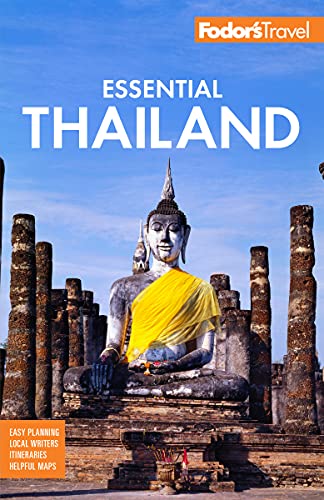Muay Thai, the Sport of Kings
Thais are every bit as passionate about their national sport as Americans are about baseball. Though it's often dismissed as a blood sport, muay thai is one of the world's oldest martial arts, and it was put to noble purposes long before it became a spectator sport.
Muay thai is believed to be more than 2,000 years old. It's been practiced by kings and was used to defend the country. It's so important to Thai culture that until the 1920s muay thai instruction was part of the country's public school curriculum.
Admittedly, some of the sport's brutal reputation is well deserved. There were very few regulations until the 1930s. Before then, there were no rest periods between rounds. Protective gear was unheard of—the exception was a groin protector, an essential item when kicks to the groin were still legal. Boxing gloves were introduced to the sport in the late 1920s. Hand wraps did exist, but some fighters actually dipped their wrapped hands in resin and finely ground glass to inflict more damage on their opponents.
Techniques: Developed with the battlefield in mind, muay thai moves mimic the weapons of ancient combat. Punching combinations, similar to modern-day boxing, turn the fists into spears that jab relentlessly at an opponent. The roundhouse kick—delivered to the thigh, ribs, or head—turns the shinbone into a devastating striking surface. Elbow strikes to the face and strong knees to the abdomen mimic the motion of a battle-ax. Finally, strong front kicks, using the ball of the foot to jab at the abdomen, thigh, or face, mimic an array of weapons.
Rules: Professional bouts have five three-minute rounds, with a two-minute rest period between rounds. Fights are judged using a point system, with judges awarding rounds to each fighter, but not all rounds are given equal weight—the later rounds are more important, as judges view fights as "marathons," with the winner being the fighter who's fared best throughout the entire match. The winner is determined by majority decision. Of course, a fight can also end decisively with a knockout or a technical knockout (wherein a fighter is conscious, but too injured to continue).
Rituals: The "dance" you see before each match is called the ram muay or wai kru (these terms are often used interchangeably, though the wai kru really refers to the homage paid to the kru or trainer). The ram muay serves to honor the fighter's supporters and his god, as well as to help him warm up, relax, and focus. Both fighters walk around the ring with one arm on the top rope to seal out bad spirits, pausing at each corner to say a short prayer. They then kneel in the center of the ring facing the direction of their birthplace and go through a set of specific movements, often incorporating aspects of the Ramakien. Fighters wear several good-luck charms, including armbands (kruang rang) and a headpiece (mongkron). The music you hear during each bout is live. Though it may sound like the tune doesn't change, the musicians actually pay close attention to the fight and they will speed up to match its pace—or to encourage the fighters to match theirs.




